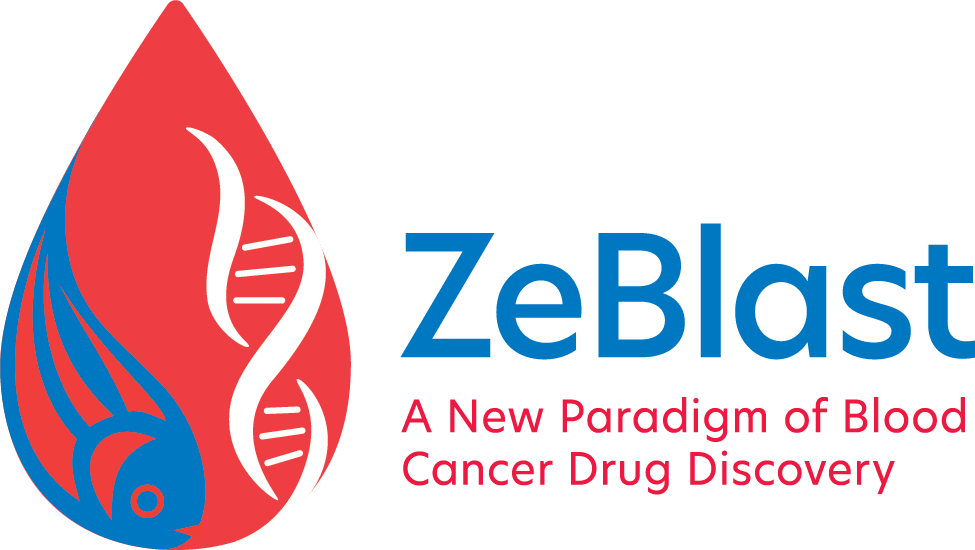A novel zebrafish platform for deciphering the mutations co-operation in driving acute myeloid leukaemia
Author: Yik Ling Bowie Cheng; Bai Liang He; Dan Dan Wang; Yu Hung Anskar Leung
Abstract
Background and Objectives: Acute myeloid leukaemia (AML) is a highly genetically heterogenous disease. Patients carry unique genetic mutational profile that affect their clinical outcome. Remarkably, there are common patterns of co-occurring mutations, indicating their potential cooperativity in driving leukaemia. This project presents a novel zebrafish platform that allows quick and traceable evaluation of the impact of different genetic mutation combinations on leukemogenesis and drug response, paving the way for personalized medicine.
Experimental Procedures and Results: Zebrafish embryos were co-injected with combination of mutations FLT3 ITD with IDH2R140Q, IDH2R172K, IDH1R132H and DNMT3AR882H), and their effect on the expression pattern and intensity of different myeloid lineage markers including pu.1 (myeloid progenitor), mpo (macrophage), c-myb (haematopoietic stem cell; HSC) and Sudan Black B staining (neutrophils or granulocytes) were evaluated. Consistent with TCGA database, which showed FLT3 ITD mutation only co-occurred with IDH2R140Q or DNMT3AR882H, overexpression of FLT3 ITD and IDH2R140Q in zebrafish embryo promoted expansion of myeloid progenitors and granulocytes, while co-expression of FLT3 ITD and DNMT3AR882H promoted expansion of HSCs and granulocytes. No combinatory effects were observed between FLT3 ITD and IDH2R172K or IDH1R132H. To establish a zebrafish-based platform for predicting differential drug responses for unique mutational profiles, zebrafish embryos were injected with FLT3 ITD and IDH2R140Q and a list of FDA approved and preclinical drugs were examined for their efficacy on rescuing FLT3 ITD/IDH2R140Q-induced myeloid expansion. Although FLT3 ITD inhibitor was able to rescue FLT3 ITD-induced myeloid expansion, the effect was alleviated if FLT3 ITD and IDH2R140Q were co-expressed, indicating specific mutation patterns affected drug responses. To further validate our findings and study the long-term effect of mutation combinations, transgenic fish lines with FLT3 ITD/IDH2R140Q and FLT3 ITD/IDH2R172K under Runx1 promoter (HSC lineage) were established with Tol2 transgenesis. At 6 months of age, Tg(Runx1:FLT3 ITD, IDH2R140Q)showed increased percentage of myeloid precursors compared to WT and single mutant group.
Conclusion: Our result show that zebrafish can serve as an effective platform to study the cooperative effect of mutations in acute myeloid leukaemia and predict a better option for patients carrying unique genetic mutational profiles, paving the way for personalized medicine.
